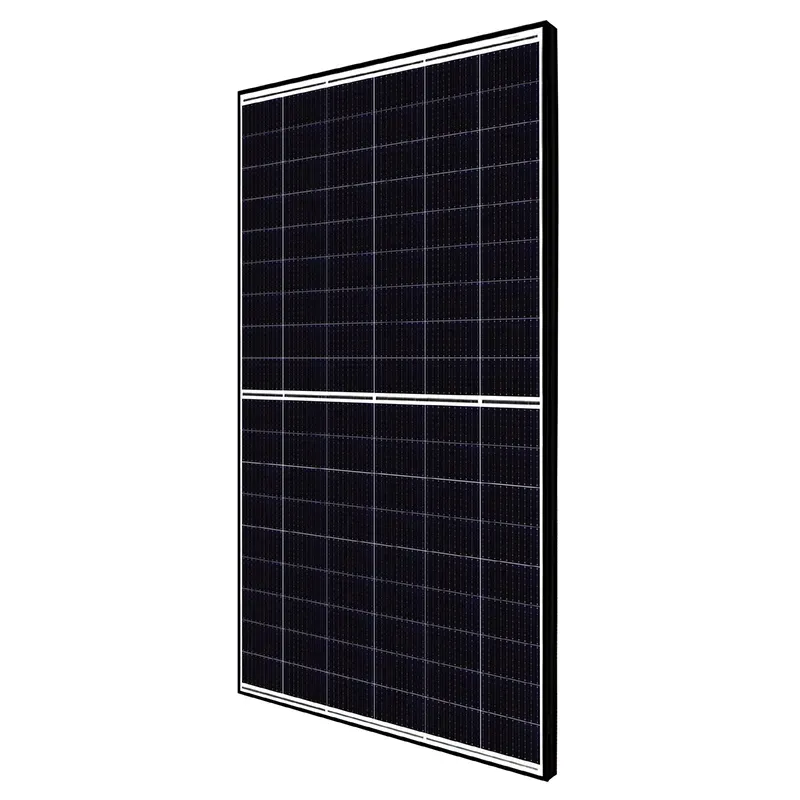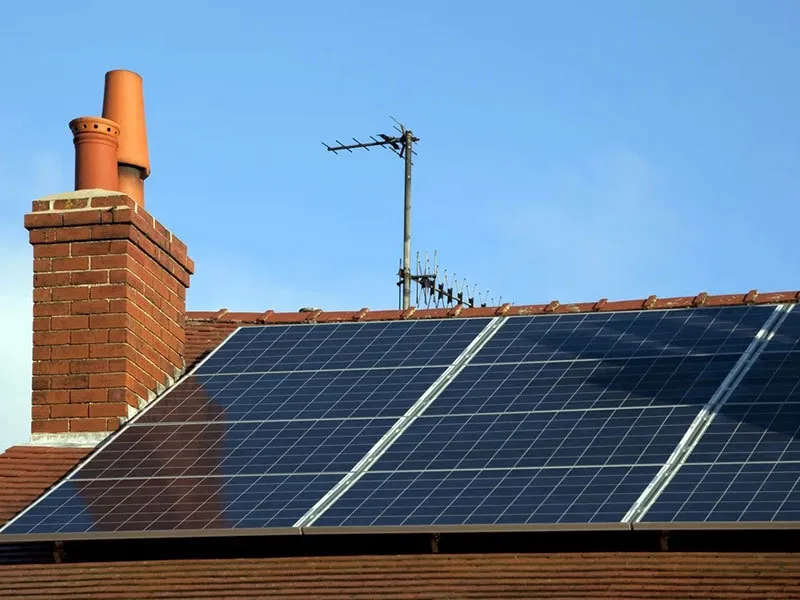Best Solar Panels for Homes Types, Roof Compatibility & New Builds
- Overview of residential solar panel options
- Key factors influencing solar panel selection
- Technical advantages of modern photovoltaic systems
- Comparative analysis of leading manufacturers
- Custom solutions for different roof architectures
- Real-world implementation case studies
- Future-proofing homes with solar integration

(types of solar panels for houses)
Understanding residential solar panel options
Homeowners exploring types of solar panels for houses
encounter three primary technologies: monocrystalline, polycrystalline, and thin-film photovoltaic systems. Monocrystalline panels lead in efficiency (22-27%) but command premium pricing, while polycrystalline units offer mid-range performance (15-20%) at 20% lower cost. Thin-film solutions provide architectural flexibility with 10-13% efficiency, particularly suited for new build houses with solar panels incorporating seamless energy integration.
Critical selection criteria for homeowners
Roof orientation and local climate dictate optimal solar solutions. South-facing roofs in northern latitudes yield 18% higher output than east-west configurations. Temperature coefficients reveal crystalline silicon maintains 0.3-0.5% efficiency loss per °C above 25°C, outperforming thin-film's 0.2% degradation. Snow load capacities range from 5,400Pa in rigid panels to 2,400Pa for flexible installations.
Performance benchmarks across technologies
Advanced PERC cells boost monocrystalline yield by 6-8% through rear surface passivation. Bifacial panels demonstrate 11-23% generation increases in reflective environments. Microinverter systems enable 25% better shade tolerance compared to string inverters, with 97.5% conversion efficiency in premium models.
| Manufacturer | Panel Type | Efficiency | 25-Year Output | Cost/Watt |
|---|---|---|---|---|
| SunPower | Monocrystalline | 22.8% | 92% | $3.10 |
| LG Solar | N-Type Mono | 21.7% | 90.5% | $2.85 |
| Panasonic | HIT Heterojunction | 19.7% | 89% | $2.65 |
Architectural integration strategies
Composite shingle roofs achieve 85% surface coverage versus 92% on standing seam metal. Tile roof installations require specialized mounting, increasing labor costs by 18-25%. For types of roofs for solar panels, low-pitch (10-30°) asphalt shingles deliver optimal production angles without structural modifications.
Demonstrated implementation successes
A 12kW Tesla Solar Roof installation in Colorado generated 14.3MWh annually, achieving 103% consumption offset. In Florida, SunPower P3 panels on clay tiles maintained 94% output after hurricane-force winds, demonstrating superior weather resistance. Norwegian trials showed REC Alpha panels maintaining 89% efficiency at -25°C.
Future-proofing through solar integration
Modern types of solar panels for houses now incorporate perovskite tandem cells showing 33% lab efficiencies. Building-integrated photovoltaics (BIPV) enable 40% faster installation in new build houses with solar panels, while AI-powered microgrid controllers optimize consumption patterns in real-time. These advancements position solar roofs as permanent components of residential energy infrastructure.

(types of solar panels for houses)
FAQS on types of solar panels for houses
Q: What are the main types of solar panels for houses?
A: The three primary types are monocrystalline, polycrystalline, and thin-film solar panels. Monocrystalline panels are efficient and space-saving, polycrystalline offers affordability, and thin-film is lightweight and flexible. Each type suits different budgets and roof conditions.
Q: Can new build houses integrate solar panels during construction?
A: Yes, new build houses can incorporate solar panels seamlessly into the design. This approach optimizes energy efficiency and aesthetics, often allowing for solar-ready roofing and pre-installed wiring. Custom solutions like solar roof tiles are also popular for modern builds.
Q: Which roof types are best for solar panel installation?
A: Sloped roofs with asphalt shingles, metal, or tile are ideal for solar panels due to easy mounting and drainage. Flat roofs work well with tilt-mounted systems. Roofs made of durable materials like metal or composite handle solar installations better than fragile options like slate.
Q: Do certain roof materials affect solar panel performance?
A: Roof materials impact installation ease and longevity. Metal roofs are optimal for clamping panels without drilling, while tile or asphalt may require specialized mounts. Fragile materials like wood or slate might need reinforcement, increasing costs.
Q: Are new build homes with solar panels more energy-efficient?
A: Yes, new builds with integrated solar panels often achieve higher energy efficiency. Builders can optimize roof angles, reduce shading, and pair panels with energy-saving appliances. Pre-installed systems may also qualify for green building certifications and incentives.
-
Unlocking Energy Freedom with the Off Grid Solar InverterNewsJun.06,2025
-
Unlock More Solar Power with a High-Efficiency Bifacial Solar PanelNewsJun.06,2025
-
Power Your Future with High-Efficiency Monocrystalline Solar PanelsNewsJun.06,2025
-
Next-Gen Solar Power Starts with Micro Solar InvertersNewsJun.06,2025
-
Harnessing Peak Efficiency with the On Grid Solar InverterNewsJun.06,2025
-
Discover Unmatched Efficiency with the Latest String Solar InverterNewsJun.06,2025







